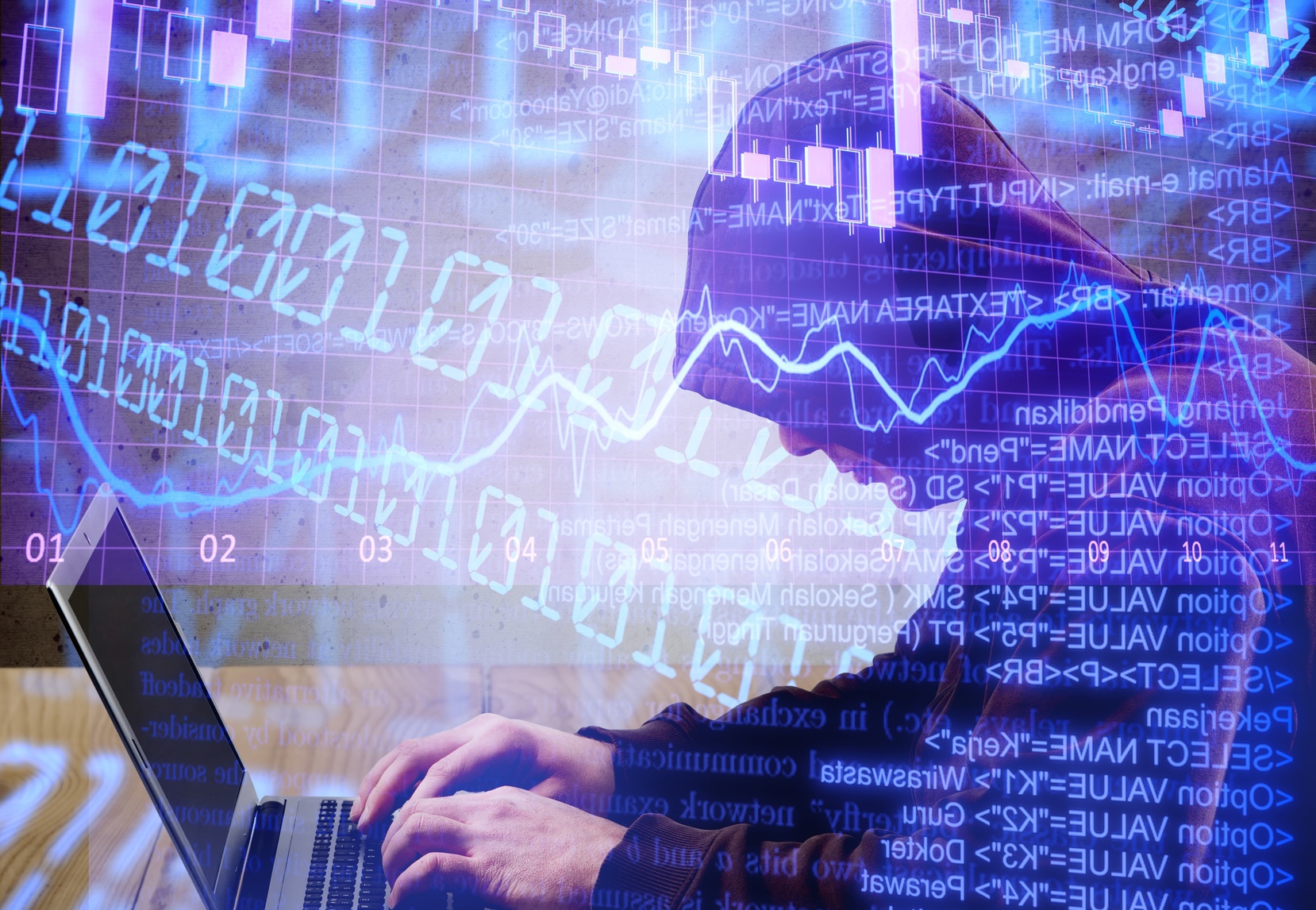Evidence of hackers stealing data is everywhere on the web. Just recently, over 140 million Americans had their personal information stolen during an Equifax data breach.
Now, though, we can go the extra step and protect our information with top technology like signal jammers.
With the Equifax breach alone, Social Security numbers, birth dates, and other extremely sensitive data were stolen by hackers. And this isn’t an isolated incident.
Hacking occurs daily in small doses around the world, evolving with technology to be smarter and better. That’s why it’s critical for businesses and organizations with sensitive data to invest in the added security of signal jammers.
Even if you think your data is safe when you’ve turned off the computer and left the office, think again. Hackers might not even need computers to be online anymore.
In this article, we’ll cover how signal jammers can protect data even when you’re offline.
Signal Jammers Aren’t New
Actually, they’ve been around for many years in different capacities. Signal jammers can be traced as far back as the radio wave.
Today, signal jammers are used by testing facilities to ensure test takers aren’t cheating on exams. They might also be used in operating rooms to prevent certain signals from affecting equipment.
Private sectors use them regularly (if not continuously) to prevent data attacks and hacking. We’ve even heard of jammers used in churches to prevent the use of cell phones.
The technology behind signal jammers can prevent just about any type of reception (from cellular to wifi and radio).
Essentially, if someone is trying to prevent another person from stealing data, they need to block the signals that are floating between their technology.
Data in the Air
In what we can consider the “good old days,” hackers were more restricted and had to be in direct contact with a computer or database to steal.
Things have changed, though. First, the internet allowed secret doors, and now some hackers don’t even need the web to steal.
Earlier this year, the New York Times reported a new technology from the NSA that allowed access to a computer even when it wasn’t online. This is a threat that hackers are now aware of, too.
Not all threats can be prevented, but companies should take every measure to protect their data. This means investing in programs and new technologies that will prevent hackers from getting in and prevent information from getting out.
Hackers can use electromagnetic radiation spying and breach steel walls or use a smartphone’s accelerometer as a Key Logger.
Businesses and organizations even need to protect the data exchanged between computers on wifi signals in their own buildings. It’s a lot to consider!
And the answer is the jammer.
How Signal Jamming Works
Consider the following example:
You’ve got a friend who is whispering all of your secrets across a giant room. You come closer and you can hear the secrets clearly. You stand across the room and you can hear them bouncing around the walls.
It’s not a big deal until someone else enters the room.
This new stranger, no matter where they are standing in the room, can also hear all of your secrets.
How do you fix it? You create a lot of extra noise.
That’s basically what a signal jammer is. Depending on the type of signal you’re trying to block, the jammer will create enough noise to scatter the rest on that wavelength.
Think of it like this: If you bring in a bunch of people to that big room, it drowns out the noise of the whispered secrets. Some jammers act like a screaming person who shouts into the ear of whoever is trying to listen in.
They help protect your information by making sure the data is either scrambled or indecipherable to potential hackers.
Protecting Data Even When You’re Offline
A lot of people get the impression that if a computer is turned off or is offline, then the information inside is safe. If only that were the case!
Instead, hackers can use technology and tricks to steal data from a short distance away. That’s where the jammer comes in!
Signal jammers can be used to prevent anyone from using their cell phone from distances of over 70 feet away. They can be used to block wifi signals and prevent data from being snatched out of the air.
Even when you’re not in the office, or when the computers aren’t running, nearby jammers will stop data leaks by creating a constant storm of frequency noise.
Sure Protection Against Creative Hackers
Recently, stories of hackers going the extra mile to obtain data from private sectors have surfaced on the web. Hackers can now record data from the use of machines that interpret information from computers.
The latest and craziest is the use of drones, remote-controlled aircrafts, to steal information from private sectors.
How can you protect the data when no one is around to discover the culprit? Or when they are operating a drone?
Some organizations choose to paint their walls with paint that has copper flakes to prevent information from escaping. Others just use jammers to make sure their information is scrambled, whether it leaks or not.
Signal jammers can scramble all types of frequencies (even the ones used by hackers). A signal jammer will put off a loud frequency noise that can drown out the communication between hackers and their devices.
This frequency pollution can reach great distances depending on the product purchased, ensuring safety for a great distance.
A Necessary Precaution
Long past writing everything down on paper, we’ve discovered the ultimate way to store data: on computer chips and now the Cloud. And hackers are developing new devices like the drone to break into these databases every day.
The battle for protected data will go on, and you’ll rest easier at night knowing your information is secure behind a jammer.
And if you’re looking for quality jammers that last, you’ve come to the right place! Browse our list of products and find the perfect jammer for your needs–with free shipping!


